The start of July marks the anniversary of the Battle of Gettysburg. considered by many historians to be the most important engagement of the Civil War. This month, take the opportunity to learn about this key conflict, and the importance of Abraham Lincoln’s famous Gettysburg Address as well!
It’s no military march, though! Getting caught up on Gettysburg history is just a summer stroll away. Start with The Walking Classroom’s Gettysburg, Part 1 (Complete-#87, 5-#58) and Gettysburg, Part 2 (Complete-#88, 5-#59) podcasts, then read on to learn about the history around these famous words.
The Legacy of Gettysburg
In the 1860’s, the United States was falling apart. Tensions between the North, where slavery was mostly illegal, and the South, a plantation economy that relied on slavery, were reaching a pitch. Abraham Lincoln had just been elected president, and many Southern states seceded from the Union.
After a little over 150 years, it may be hard to imagine the split this nation was going through. Try this Dear America project for an inside look. Or, ground kids’ understanding of the most pivotal battles with these history games and activities!
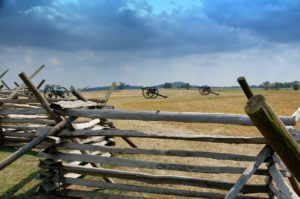 The Battle of Gettysburg, which was fought from July 1 to 3, 1863, was a huge turning point in the Civil War. At Gettysburg, the Union army repelled a massive confederate offensive. Sadly, it was the war’s bloodiest battle.
The Battle of Gettysburg, which was fought from July 1 to 3, 1863, was a huge turning point in the Civil War. At Gettysburg, the Union army repelled a massive confederate offensive. Sadly, it was the war’s bloodiest battle.
In November of 1863, when the Union dedicated a cemetery for the soldiers killed in the battle, Abraham Lincoln gave his famous Gettysburg Address. Curious just how this major turning point played out? Check out this National Geographic Kids‘ article.
After Gettysburg, the South wasn’t able to invade the North again; however, it wasn’t until two years later that the Civil War came to a close. Looking to catch some context? Try this handy Civil War Timeline from the National Parks Service.
Seven Score and Eighteen Years Ago . . .
While Lincoln’s speech may have been an afterthought, one history class is enough to tell that the Gettysburg Address is no afterthought in American history. Although contemporary media may have passed it by, Edward Everett, the keynote speaker at the cemetery’s dedication, did not! Take a look at his letter to see just how much he thought of Lincoln’s words.
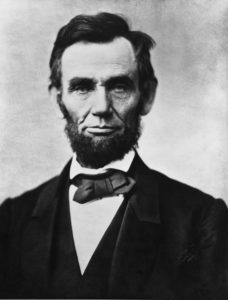 Lincoln’s Gettysburg Address did more than just impress his fellow speaker! In it, Abraham Lincoln described a new birth for liberty, one that would test and confirm the very ideals of America. In the words of the Declaration of Independence, he asserted that all men were created equal. By then, Lincoln had issued the Emancipation Proclamation, and had greater plans for the total abolition of slavery.
Lincoln’s Gettysburg Address did more than just impress his fellow speaker! In it, Abraham Lincoln described a new birth for liberty, one that would test and confirm the very ideals of America. In the words of the Declaration of Independence, he asserted that all men were created equal. By then, Lincoln had issued the Emancipation Proclamation, and had greater plans for the total abolition of slavery.
Looking for more details on the Emancipation Proclamation? Have a listen to The Walking Classroom’s Emancipation Proclamation (Complete-#86, 5-#57).
A New Birth of Freedom
The greatest legacy of the Civil War was the abolition of slavery. Before the Emancipation Proclamation and the 13th Amendment, the Confederacy had seceded to defend what they considered their right to enslave other people.
The Emancipation Proclamation was a huge step towards the triumph of abolition. The end for slavery came not long after, when Congress ratified the 13th Amendment.
While the fight for equal rights was far from over, slavery ended with the Confederacy. Try this article on abolition from National Geographic Kids for more on the history of abolition. Or, center a lesson around the Emancipation Proclamation to blend reading comprehension, history, and ethics!
Famous Figures
If kids are curious to know more about the Civil War, stay tuned! Get ready to take a closer look at the many fascinating figures behind this period in American history later this month. From generals to nurses, from extraordinary women to outstanding African American heroes, there’s something for everyone!
And, as always, be on the lookout for other timely topics (and more ideas!) in future posts.


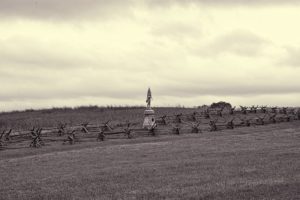
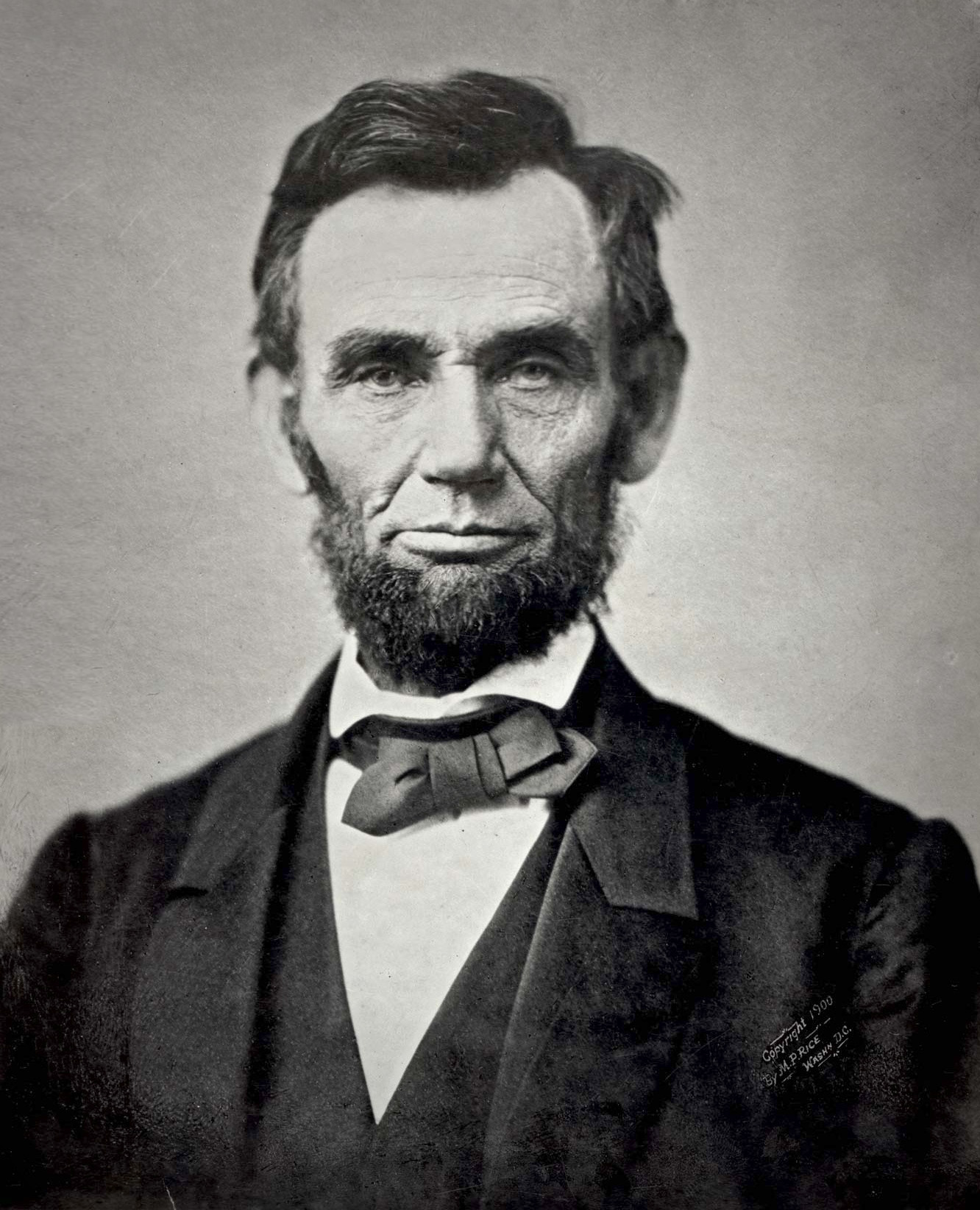
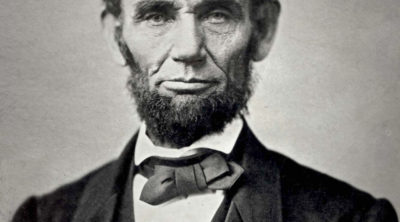
Leave a Reply